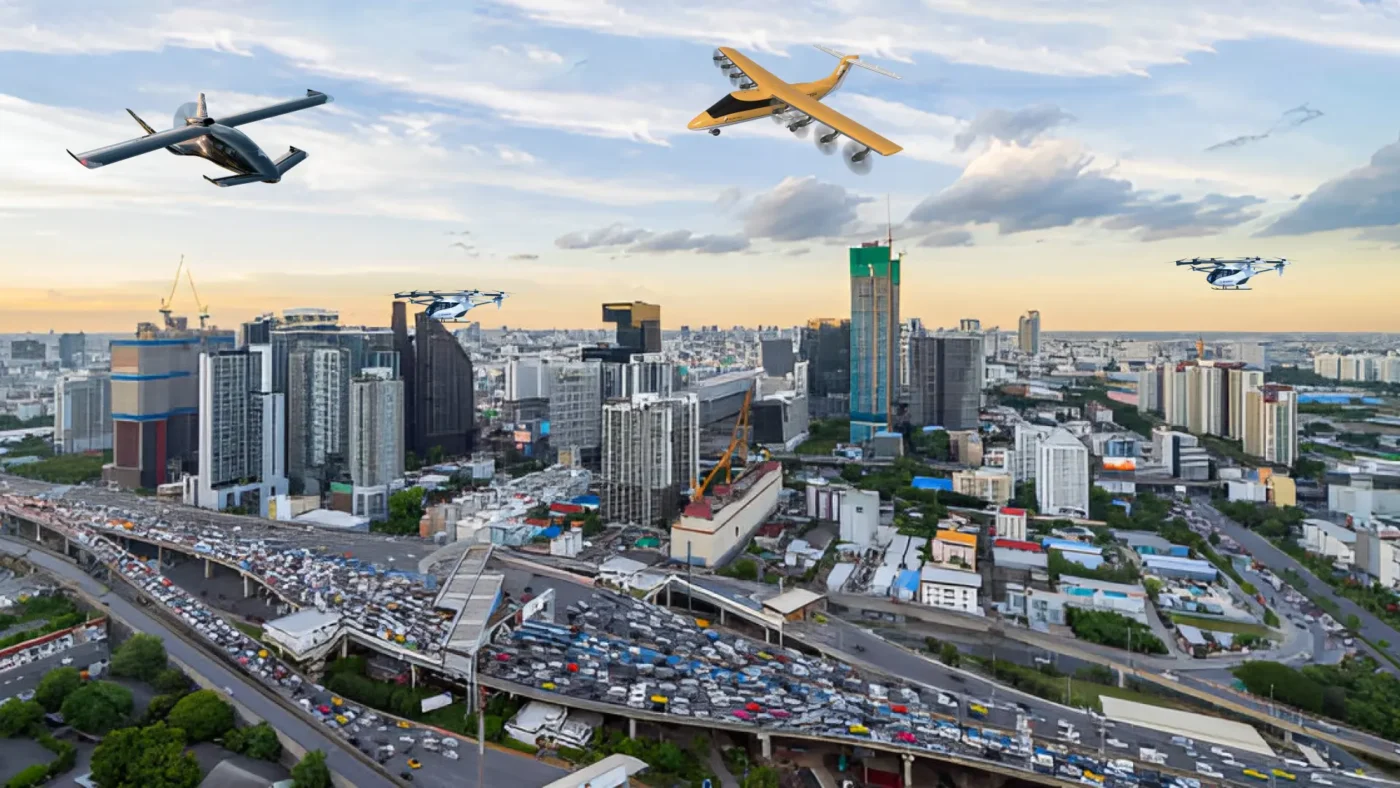|
Getting your Trinity Audio player ready...
|
The past month has once again highlighted how rapidly the world of Advanced Air Mobility (AAM) is moving, at least in terms of public announcements. What was once seen as futuristic is now taking shape in some key markets, with leading companies announcing progress towards ambitious certification targets, regulatory bodies collaborating across the world, and launch cities preparing more concrete plans for infrastructure and operations.
Let’s take a look at some of the most significant developments shaping the AAM industry globally.
Global highlights from the past month
Joby – showcasing real-world progress
Joby Aviation has continued to capture attention with a series of high-profile public demonstrations. By taking its aircraft out of test hangars and into public spaces, Joby is showing regulators, policymakers, and ordinary people that AAM is safe, feasible, and closer than many might think. These demonstrations are also a crucial step in building public trust – something every country will eventually need before eVTOLs become part of daily life.

SkyDrive – testing for city readiness
In Japan, SkyDrive has been actively preparing for future deployment, with extended demonstration flights and close engagement with local governments. The company is working hand-in-hand with stakeholders to understand how urban air mobility can be practically introduced, especially in time for major events like Expo 2025 in Osaka. SkyDrive’s progress reflects how collaboration at the city level is essential to making AAM services a reality.
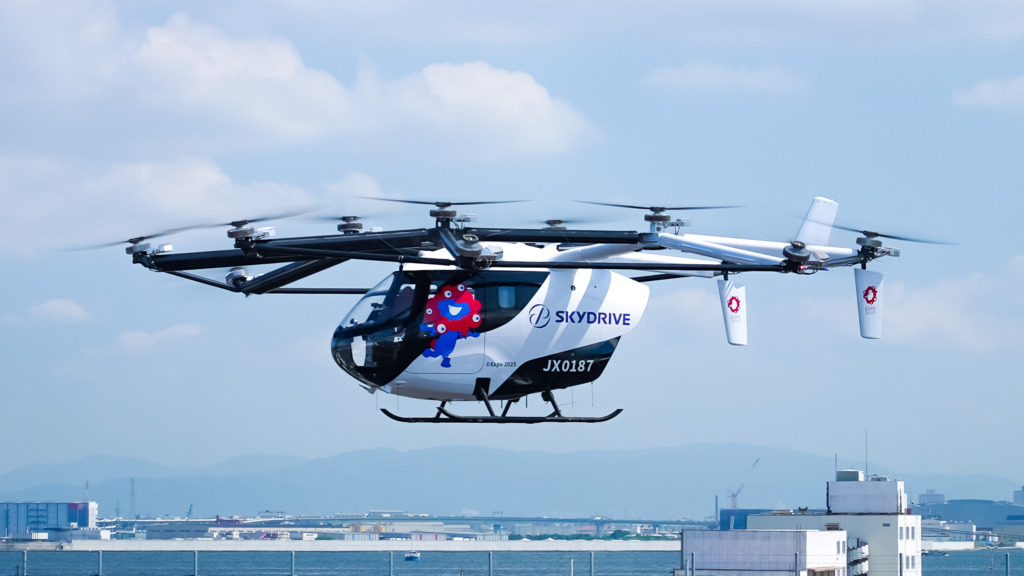
EVE Air Mobility – building the ecosystem in Brazil
Meanwhile, in Brazil, Eve Air Mobility has been leading important discussions with regulators, infrastructure partners, and municipalities. Rather than focusing only on aircraft, Eve is addressing the wider ecosystem: vertiports, charging infrastructure, and operational frameworks. This holistic approach shows that AAM is not just about flying vehicles – it is about creating a new layer of urban infrastructure that will change how people connect within and between cities.
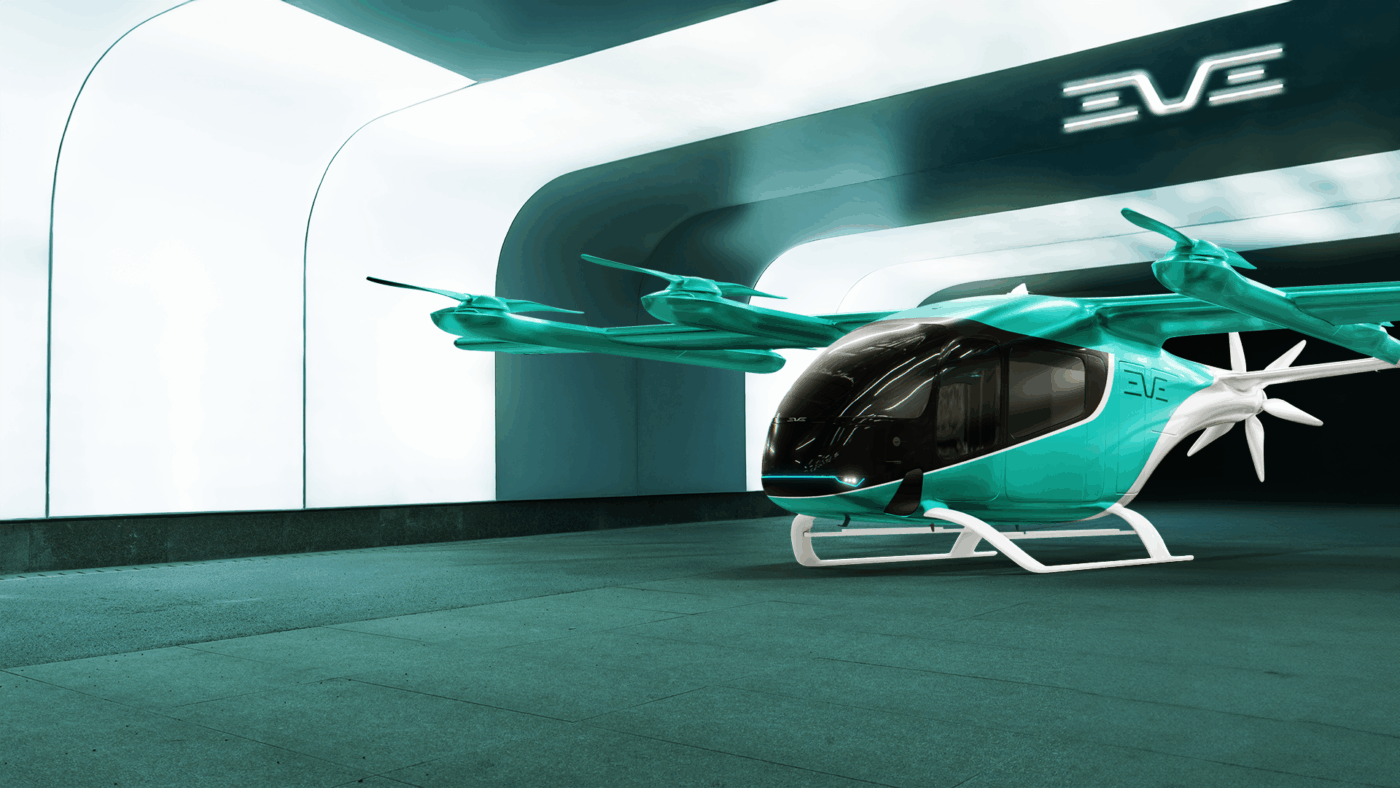
Vertical Aerospace
Vertical Aerospace has made significant progress in the flight test program for its VX4 eVTOL aircraft, having completed Phase 3 of flight testing i wingborne flight mode. The company plans to begin piloted transition flights later this year, proving the aircraft’s ability to successfully and safely transition from vertical lift to wingborne flight for the first time.
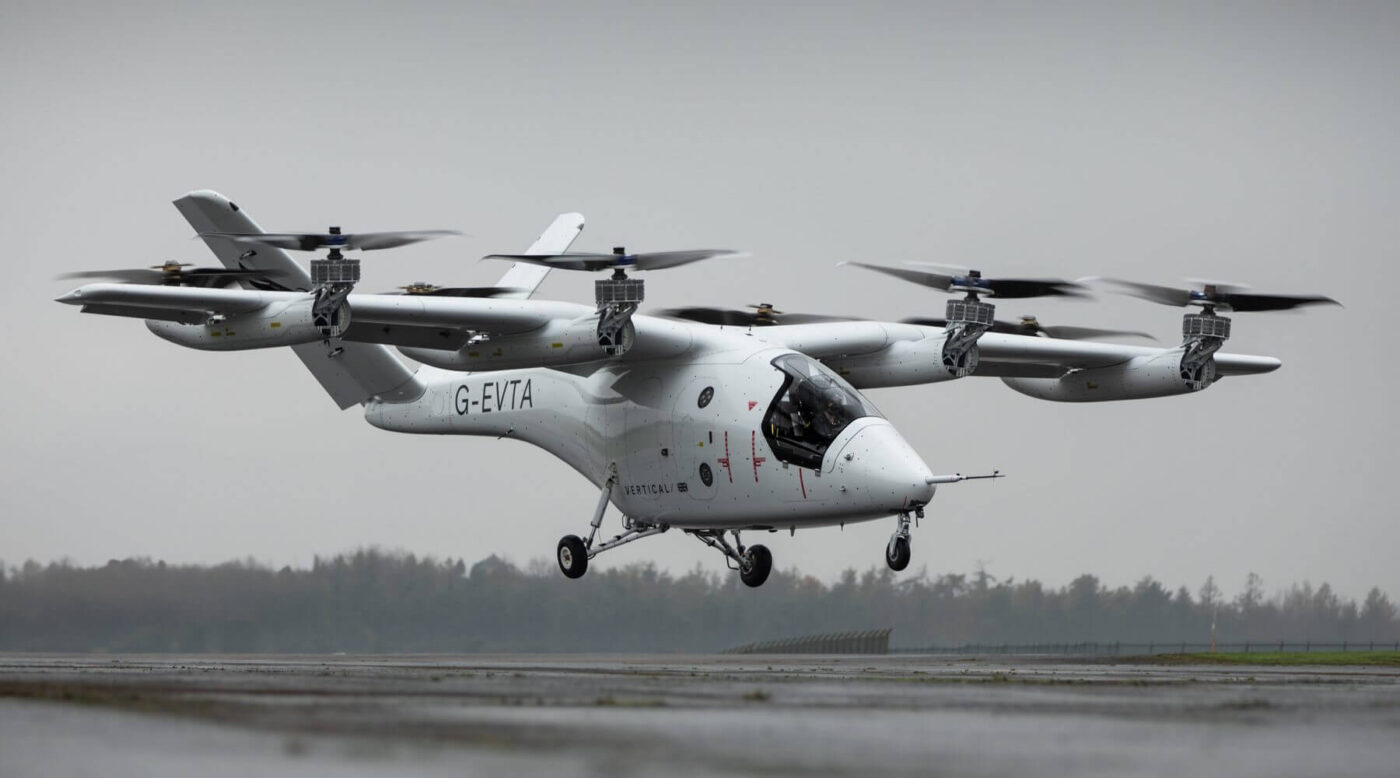
Electra.aero
Electra.aero completed a series of demonstration flights in its EL2 technology demonstrator, lading and taking off from a series of very short landing sites. This demonstrated the impressive ultra short take off ad landing (STOL) capabilities enabled by Electra’s revolutionary ‘blow lift’ technology. I addition the company added to its roster of partnerships, selecting UK-based Evolito to supply electric propulsion units for its EL9 hybrid-electric aircraft. This collaboration aims to enhance the aircraft’s performance and efficiency.
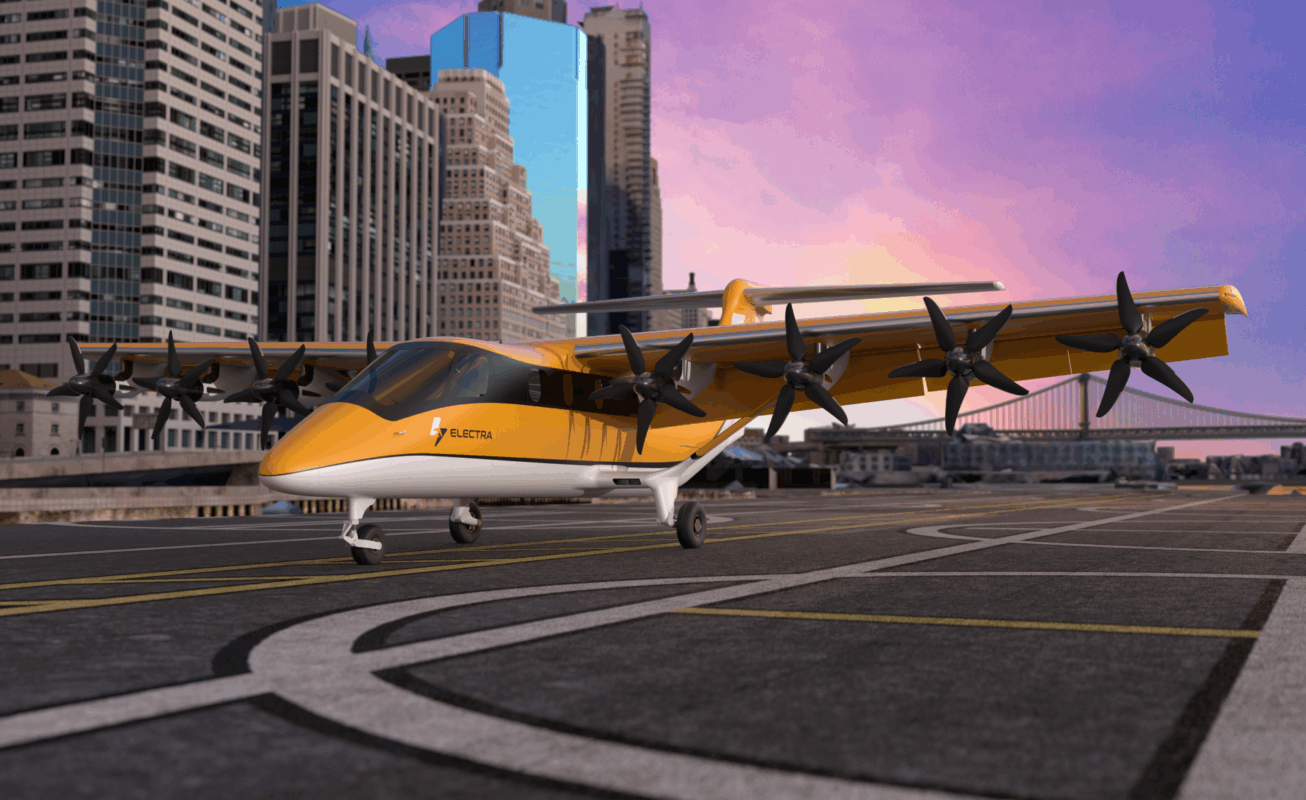
Horizon Aircraft
Canada’s Horizon Aircraft announced it has chosen Pratt & Whitney Canada’s venerable PT6A engine to power its hybrid eVTOL, the Cavorite X7. This engine selection teams up Horizon with fellow Canadian aerospace powerhouse Pratt & Whitney Canada, and the selection of the proven PT6 engine helps significantly de-risk the project’s development versus the selection of an entirely new and unproven engine type. The PT6 has logged millions of hours of turboprop flying and is regarded as one of the most reliable and well-supported engines in the world.
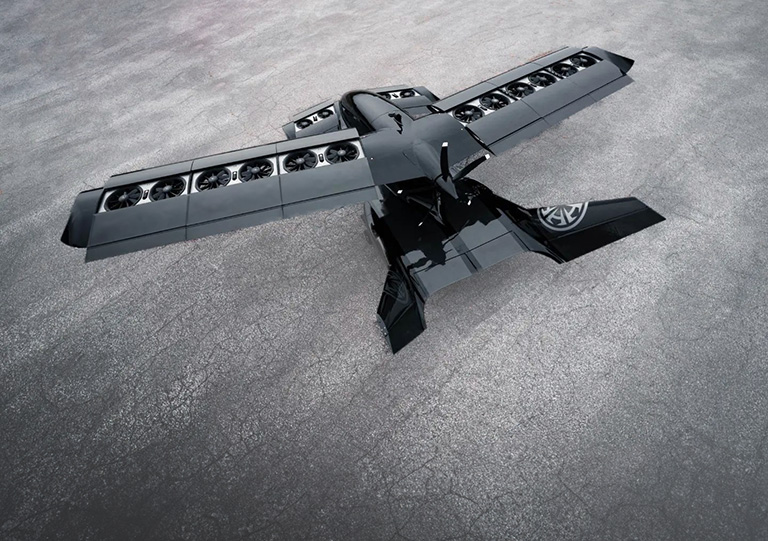
Archer – expanding its technological edge
Archer Aviation made headlines by acquiring more than 300 patents from fellow eVTOL developer Lilium. This move has significantly strengthened Archer’s intellectual property portfolio, giving it access to advanced innovations in propulsion, battery technology, and aircraft systems. In an industry where speed to market and differentiation are critical, this consolidation signals that companies are now not only building aircraft but also building long-term competitive moats.
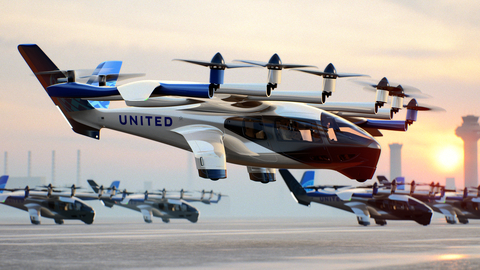
Together, these developments point to one simple fact: the global AAM industry is accelerating from prototypes to pilots, and from vision to implementation.
India is rising – AAM progress here
India has begun to make concrete moves in the AAM domain – not just through announcements, but via regulatory approvals, partnerships, and ecosystem building. Here are some of the latest developments:
- SkyDrive + JetSetGo: Pre-order & Gujarat routes
Earlier this year Japan’s SkyDrive eVTOL developer signed a Memorandum of Understanding (MoU) with JetSetGo, to collaborate on the development of Urban Air Mobility (UAM) opportunities in India. As part of this, JetSetGo signalled its intent to pre-order 50 SkyDrive SD-05 aircraft. This is an early sign of confidence in India’s potential to be a leading market for UAM solutions.
- Nalwa Aero: First DOA for 5-Seater eVTOLs
A big milestone for Punjab-based Nalwa Aero who recently received Design Organisation Approval (DOA) from India’s DGCA for electric air taxis with five or more seats. These aircraft are projected to fly at up to 350 km/h with a range of ~300 km — capable of both intra-city and inter-city travel. This is a landmark in Indian eVTOL capability.
- JetSetGo + Eve: UATM & operations
JetSetGo has also partnered with Eve Air Mobility to explore the use of Vector, Eve’s Urban Air Traffic Management (UATM) software, in India. This is essential because aircraft without well-integrated traffic/airspace management can’t scale safely. India becoming a customer/partner for such systems shows foresight.
- Blade India & Eve partnership
Eve and Blade India have entered into a strategic partnership to build out the UAM ecosystem in India. Blade India, bringing local operational and market expertise, will be Eve’s on-the-ground partner, helping with customer experience, operations insights, and collecting data to tailor services to India. This shows that global players see enough promise to commit locally.
- Cyient’s collaboration with SkyDrive
Cyient, an Indian engineering and tech services company, has also become an Indian partner of SkyDrive. This includes collaborative innovation toward urban air mobility solutions, helping ensure that components, systems, or other engineering contributions can come from India.
- Vertiports & infrastructure planning
States are beginning to think ahead: for example, Maharashtra has plans to set up vertiports for eVTOL operations across multiple districts, integrating them into existing airport / development / urban planning frameworks. Such infrastructure is essential if India wants smooth deployment later.
Why these developments matter for the AMI Community?
Seeing both global and Indian advances makes it clear: AAM isn’t some futuristic project – it’s being built now. For AMI Community members, this has big implications:
- We are entering a phase where local design approvals (like Nalwa Aero’s DOA) mean Indian products will increasingly be viable and possibly competitive globally.
- Partnerships (SkyDrive-JetSetGo, JetSetGo-Eve) show that Indian operators are not just customers, but collaborators. This opens scope for skill development, supply-chain participation, technology transfer.
- Infrastructure planning (vertiports, UATM) indicates that regulators, state governments and industry are aligning with the realities of AAM. That lowers barriers down the line (regulation, safety, noise, airspace).
- All of this boosts credibility: investors, engineers, startups, students see that this sector has real momentum, real demand, and policy attention in India.
The role of the AMI Community: Purpose & Promise
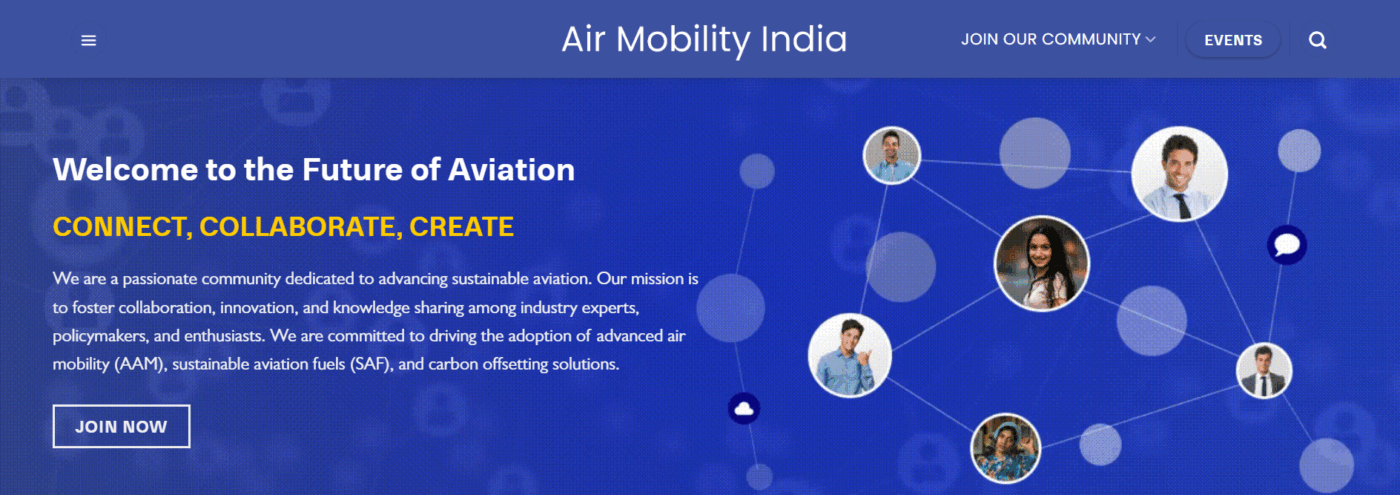
In light of all this, the Air Mobility India Community is more than just a discussion forum: we are already part of India’s AAM ecosystem, with a key role to play including:
- Showcasing Indian innovation – telling the stories of companies like Nalwa Aero, SkyDrive-JetSetGo, JetSetGo-Eve etc., so people inside and outside India see that “Made in India” AAM is not just a hope but emerging reality.
- Bridging global to local – acting as a node where global advancements are contextualized to India’s regulatory, infrastructural, and social conditions.
- Building a grassroots movement of advocates, eager to see ambitious answers to problems of congestion and pollution in their cities and communities across India.
- Connecting stakeholders – helping align startups, academia, regulators, operators, and investors so that opportunities arising from these partnerships and approvals translate into action.
- Building trust & awareness – helping citizens understand what AAM means (safety, noise, cost, environmental benefits) so public acceptance can keep pace with technical progress.
Looking ahead: What this growth signals
- As Indian eVTOL companies get regulatory approvals (like DOA), combined with global firms partnering locally, confidence grows that Advanced Air Mobility will become a realistic prospect in our cities and regions.
- Infrastructure is moving from “nice idea” toward concrete planning (vertiports, UATM).
- Demand is being signalled (pre-orders, contracts) which is key to motivating investment in downstream industries (manufacturing, maintenance, software).
In conclusion, the global AAM wave is progressig – and India’s part in that progress is picking up speed. What matters is that the AMI Community starts to grow fast at this inflection point: we see the promise, we have the talent, and increasingly, we have the approvals, the collaborations, and the early demand.
Let’s use this moment to amplify what we are doing, debate the need and share knowledge, document what’s working, support those who are building, and ensure that India’s air mobility story is not just written, but led from within.
If you think your city, town or region can benefit from Advanced Air Mobility solutions, join the AirMobilityIndia community and make your voice heard.
Together with the AMI Community, India can – and will – be a central part of global AAM’s next chapter.

